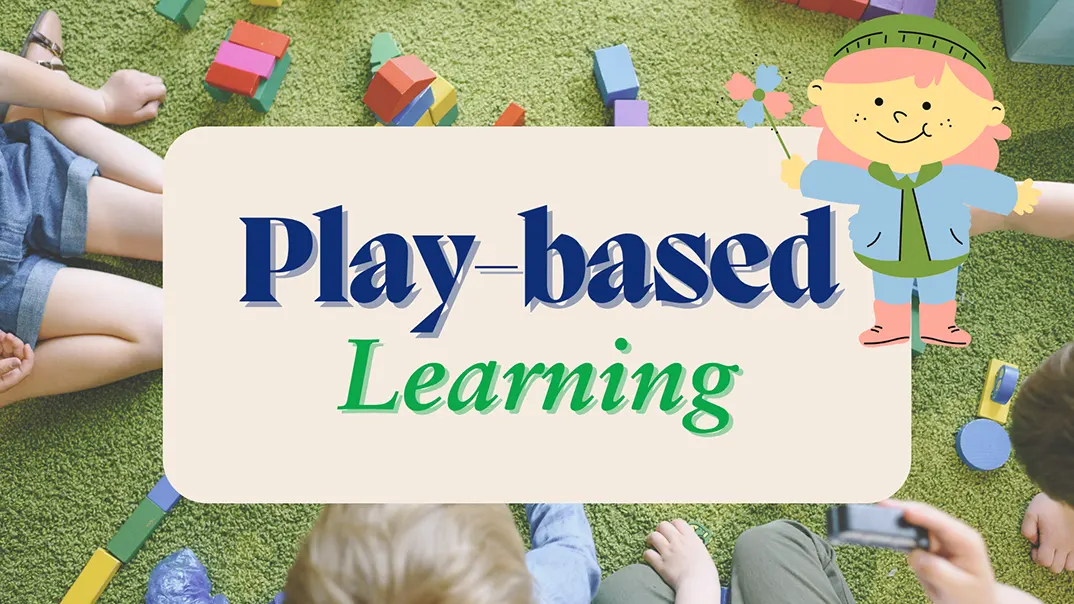In today’s results-driven education system, many parents and educators ask: Are children learning when they play? Will play-based learning leave them unprepared for academic expectations? With increasing pressure to meet benchmarks and standardized goals, it’s easy to overlook the developmental value of play. These questions remain: What is play-based learning? Is it truly effective, or just a trend?
Play-based learning is a child-centered approach that uses play as a medium for exploration, discovery, and growth. Unlike traditional instruction, it encourages children to make choices, engage their imagination, and develop critical thinking skills in a natural, joyful way. It’s not random or purely recreational—instead, it’s structured, purposeful, and guided to promote a child’s cognitive, emotional, social, and physical growth.
Whether you’re a teacher looking to transform your classroom or a parent eager to support your child’s development, understanding the principles of play-based learning is essential. Keep reading to uncover how this approach nurtures the whole child, enhances developmental outcomes, and builds a solid foundation for lifelong learning.
What Is Play-Based Learning?
Definition of Play-Based Learning
Play-based learning is an educational approach that uses play as the central method through which children explore, learn, and make sense of the world. It is rooted in the belief that children learn best when they are actively engaged, curious, and emotionally invested in their activities. Unlike passive instruction, play-based learning promotes self-direction, experimentation, and deep thinking, allowing children to develop cognitive, social, emotional, and physical skills through meaningful play experiences.
At its core, play-based learning values the process of learning over the product. It views children as capable learners who construct knowledge by interacting with their environment, peers, and materials in hands-on, often imaginative ways.
Types of Play in Play-Based Learning
One of the most fascinating aspects of play-based learning is the wide variety of play types it encompasses. Each type serves a unique developmental purpose and contributes to a child’s cognitive, emotional, physical, and social growth. Understanding the different kinds of play in play-based learning can help educators and parents create diverse and meaningful experiences that support every area of development.
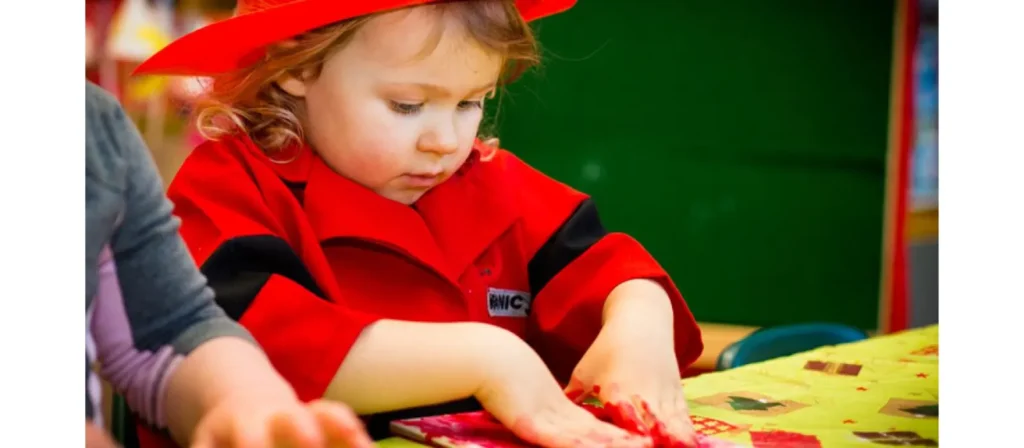
- Physical Play
Often called active play, this involves bodily movement and gross motor activities like running, climbing, jumping, or dancing. Physical play not only helps children develop strength, coordination, and overall health but also supports brain development and stress relief. In a play-based learning setting, educators can encourage physical play through obstacle courses, outdoor games, and dance activities. - Constructive Play
In constructive play, children manipulate materials to build or create something. This includes stacking blocks, assembling puzzles, or crafting with art supplies. Such activities promote fine motor skills, spatial awareness, and problem-solving abilities. Constructive play also builds persistence and confidence, as children plan, test, and revise their creations—key skills in both academics and life. - Symbolic or Pretend Play
Pretend play is a cornerstone of play-based learning. It allows children to use imagination to create roles, stories, and scenarios. Whether they’re running a restaurant, pretending to be a doctor, or acting out a favorite fairy tale, they’re developing language, empathy, and cognitive flexibility. Symbolic play also helps children make sense of the world around them and practice social roles in a safe, controlled environment. - ละครเวที
Closely related to pretend play, dramatic play involves more elaborate role-playing and storytelling, often with costumes and props. It fosters narrative thinking, emotional expression, and collaborative problem-solving. Through dramatic play, children learn to see different perspectives, negotiate roles, and build emotional intelligence—all while fully immersed in a joyful, creative experience. - Exploratory or Sensory Play
This type of play engages the senses—touch, sight, smell, taste, and hearing. Activities might include playing with sand, water, slime, or textured materials. Sensory play in a play-based learning environment helps with cognitive processing, language development, and calming overstimulated children. It also lays the foundation for scientific thinking, as kids explore cause and effect through hands-on investigation. - Social Play
Social play involves interaction with peers or adults and teaches essential social-emotional skills. This might look like a group of children building a city together with blocks, playing house, or participating in a board game. Social play fosters cooperation, empathy, communication, and conflict resolution—skills vital for both school and real-life relationships. - Games with Rules
As children grow, they begin to enjoy games with structure and rules, like board games, card games, or sports. These games teach children how to follow directions, take turns, and develop strategic thinking. In play-based learning, games with rules are introduced in ways that still honor creativity and choice, helping children learn discipline while maintaining the spirit of fun.
Examples of Play-Based Learning in Action:
| Scenario | Skills Developed |
|---|---|
| Children set up a pretend grocery store | Math (counting items), Literacy (writing labels), Social (role-playing) |
| Playing with clay and tools | Fine motor development, creativity, and planning |
| Building a ramp with blocks | Engineering thinking, cause-and-effect, spatial awareness |
| Reading a story, then acting it out | Comprehension, vocabulary, and expressive language |
Key Characteristics of Play-based Learning
To truly understand play-based learning, it’s important to look beyond the playful surface and explore its defining features. While it might appear spontaneous or unstructured to the untrained eye, play-based learning is rooted in well-established developmental principles and intentional design. Here are the key characteristics that set it apart as a powerful educational approach.
- Interest-Driven
One of the most essential aspects of play-based learning is that it follows the child’s interests. Children are naturally curious and more motivated to engage in activities that reflect their own experiences or passions. In a play-based learning environment, educators observe and respond to these interests, using them as starting points for deeper exploration. This not only increases engagement but also supports personalized learning pathways. - Open-Ended and Flexible
Play-based learning emphasizes วัสดุปลายเปิด and activities that don’t have a single “right” answer. Whether it’s building blocks, water tables, or dress-up clothes, these tools invite children to explore possibilities, make choices, and express creativity. The absence of rigid rules allows them to experiment freely and develop critical thinking skills without fear of failure. - Guided by Educators, Not Controlled
While children lead their play, educators play a vital supporting role. They carefully design the environment, provide appropriate materials, and ask thoughtful questions to extend the learning experience. This balance between freedom and guidance ensures that play remains productive and aligned with educational goals. Play-based learning is not free play—it’s purposeful play with professional direction. - เหมาะสมกับพัฒนาการ
Another hallmark of play-based learning is that it aligns with the developmental stages of children. Activities are designed to match their cognitive, emotional, and physical abilities, ensuring that each child is both challenged and supported. This promotes confidence and competence, key components of successful early learning experiences. - Collaborative and Social
Play-based learning naturally fosters social interaction. Through group play, children learn how to negotiate, cooperate, resolve conflicts, and express emotions. These ทักษะทางสังคม are crucial not only for academic success but also for life outside the classroom. Educators encourage this collaboration by facilitating group activities and modeling positive interactions. - Integrates Learning Across Domains
One of the greatest strengths of play-based learning is its ability to integrate multiple areas of development simultaneously. A simple pretend grocery store setup, for instance, can support numeracy (counting items, using money), literacy (writing signs, reading labels), social studies (understanding roles), and fine motor skills (handling play money). This holistic approach ensures that learning is meaningful and well-rounded. - Emphasis on Process Over Product
In play-based learning, the focus is not on achieving a perfect outcome but on engaging in the learning process itself. Children are encouraged to experiment, make mistakes, and try new things without pressure. This builds resilience, independence, and a genuine love of learning—qualities that serve them throughout their academic journey and beyond.
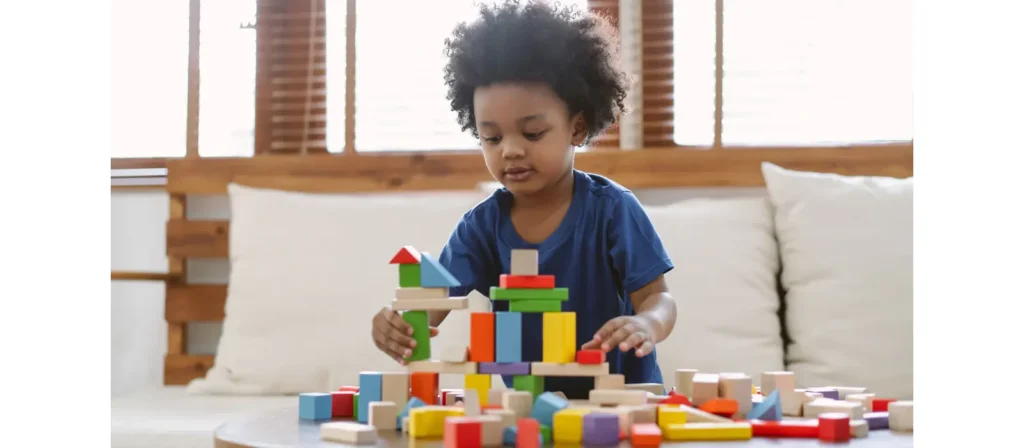
Play-Based Learning vs Traditional Learning
While both play-based learning and traditional learning aim to support children’s development and education, their methods, philosophies, and classroom experiences differ significantly. Understanding these differences is crucial for educators and parents making informed decisions about how children learn best.
1. Learning Approach
- การเรียนรู้แบบเล่น: Child-centered and experience-driven. Learning emerges through exploration, experimentation, and meaningful interactions with people and materials.
- Traditional Learning: Teacher-directed and content-driven. Learning is often structured around a fixed curriculum, with instruction delivered through lectures, worksheets, or rote memorization.
2. Role of the Teacher
- การเรียนรู้แบบเล่น: The teacher acts as a facilitator, observer, and co-player, guiding the learning process without dominating it. Teachers respond to children’s interests and scaffold their thinking through thoughtful questions and provocations.
- Traditional Learning: The teacher is the primary source of knowledge, controlling the learning pace, content, and structure. Students are expected to follow directions and demonstrate mastery of specific skills.
3. Student Engagement
- การเรียนรู้แบบเล่น: Engagement is high because children are intrinsically motivated. They choose activities based on their curiosity, which promotes deep, sustained focus and joy in learning.
- Traditional Learning: Engagement can be lower, especially for young learners who may struggle to sit still or stay focused during passive instruction.
4. Learning Environment
- การเรียนรู้แบบเล่น: The classroom is arranged in flexible, inviting learning centers with open-ended materials that encourage creativity, movement, and collaboration.
- Traditional Learning: The environment is often more structured, with desks arranged for whole-group instruction and materials used for specific, predefined tasks.
5. Assessment Methods
- การเรียนรู้แบบเล่น: Assessment is observational and formative, based on children’s play behaviors, interactions, and development over time. Portfolios, anecdotal records, and learning stories are common tools.
- Traditional Learning: Assessment is typically summative, using tests, quizzes, and checklists to evaluate whether children have met predetermined academic benchmarks.
6. View of the Child
- การเรียนรู้แบบเล่น: Sees the child as a capable, curious learner who constructs knowledge through experience. Emphasizes the whole child, including emotional, social, and creative development.
- Traditional Learning: Often emphasizes academic achievement and sees the child as a recipient of knowledge who must be guided toward the “correct” answers.
7. Outcomes
- การเรียนรู้แบบเล่น: Encourages creativity, critical thinking, social-emotional skills, and a positive attitude toward learning. Children gain the ability to problem-solve, collaborate, and regulate emotions.
- Traditional Learning: Can support skill mastery and academic performance, but may not fully address individual developmental needs or promote intrinsic motivation.
Why Is Play-Based Learning Important?
Too often, educational success is narrowly defined by test scores and academic milestones, overlooking the critical foundation built through play. Play-based learning offers an alternative—one that prioritizes the whole child and fosters the essential skills needed for lifelong success. Here are the benefits of play-based learning:
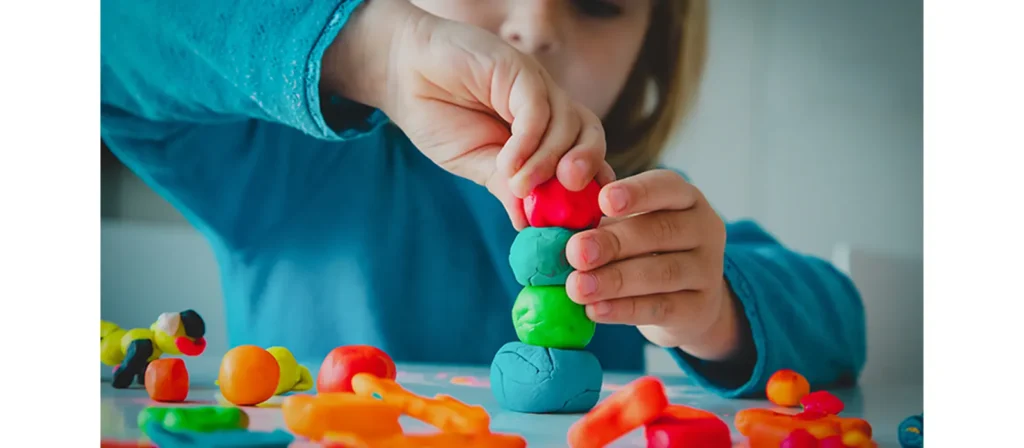
Supports Holistic Development
Play-based learning is essential because it nurtures every area of a child’s development—intellectual, emotional, social, and physical. While academic learning is often compartmentalized in traditional settings, play-based learning integrates skills naturally. For example, a child building a fort with blocks is practicing spatial reasoning, problem-solving, collaboration, and even early engineering principles—all in a single activity.
Fosters Creativity and Critical Thinking
Play encourages children to think outside the box. When there are no set outcomes, children are free to experiment, question, and explore multiple solutions. These experiences build critical thinking skills, resilience, and adaptability. In a world where innovation is increasingly valued, the creativity developed through play-based learning becomes a lifelong asset.
Enhances Communication and Social Skills
Through social interaction in play, children learn to listen, negotiate, and express their thoughts. They encounter real-world scenarios in a safe, low-stakes environment, helping them build empathy, patience, and conflict resolution skills. These are foundational to emotional intelligence and essential for thriving in group environments like classrooms and workplaces.
Builds Emotional Resilience
Play provides a safe outlet for expressing and processing emotions. Whether children are acting out a story or navigating group dynamics, they are learning how to handle frustration, disappointment, and success. Play-based learning environments encourage risk-taking in a supportive way, helping children develop the self-confidence and emotional tools to overcome challenges.
Promotes Intrinsic Motivation and Love of Learning
One of the most powerful aspects of play-based learning is that it cultivates an internal desire to learn. When children are engaged in activities they find meaningful, learning becomes joyful and self-directed. This intrinsic motivation is a stronger driver of academic and personal growth than any external reward system.
Improves Academic Outcomes in the Long Run
Contrary to the misconception that play-based learning lacks academic rigor, studies show that children in play-rich environments often outperform peers in structured academic programs in the long term. They enter formal schooling with better language skills, problem-solving abilities, and social confidence. Play-based learning doesn’t delay academic success—it lays the groundwork for it.
Aligns with Developmental Science
Decades of research in child development and neuroscience affirm the importance of play in early learning. Young children learn best when they are actively engaged, emotionally invested, and socially supported—conditions that are all naturally met through play-based learning. Experts like Jean Piaget and Lev Vygotsky have long emphasized that play is not just a way to learn—it is the way young children learn best.
Play-Based Learning: A Play Spectrum
In play-based learning, play is not a single type of activity—it spans a range of experiences from child-initiated to adult-directed. This concept is known as the play spectrum, and understanding it helps educators and parents make informed decisions about how to structure meaningful learning experiences. Let’s break down the four primary types of play on this spectrum.
| Free Play (Self-Directed Play) | Guided Play | Games | |
|---|---|---|---|
| Initiated by: | Child | Adult | Adult |
| Directed by: | Child | Child | Child |
| Explicit learning goal: | No | Yes | Yes |
Free Play (Self-Directed Play)
Free play is entirely child-led. Children choose what, how, and with whom they want to play, without adult direction or imposed outcomes.
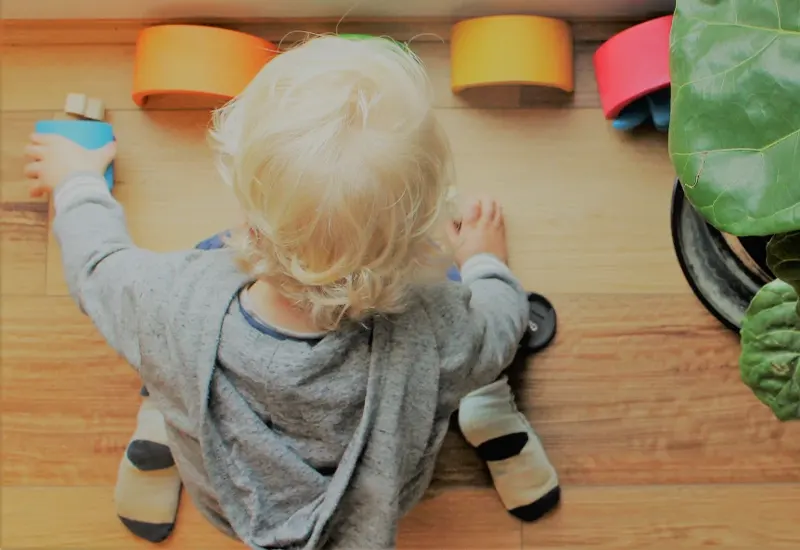
Key Characteristics:
- Initiated and controlled by the child
- Open-ended and spontaneous
- No set learning goals
- Minimal or no adult interference
Benefits: Free play supports creativity, independence, emotional regulation, and decision-making. It allows children to explore their interests, solve problems on their own, and build confidence without external pressure.
Example: A child builds a ramp with wooden blocks for toy cars while the parent observes without interrupting or offering suggestions. The child explores balance, gravity, and construction through trial and error—all on their terms.
Guided Play
Guided play maintains the child’s initiative but includes subtle adult support to extend learning. Adults observe, ask questions, or introduce vocabulary while allowing the child to stay in control.
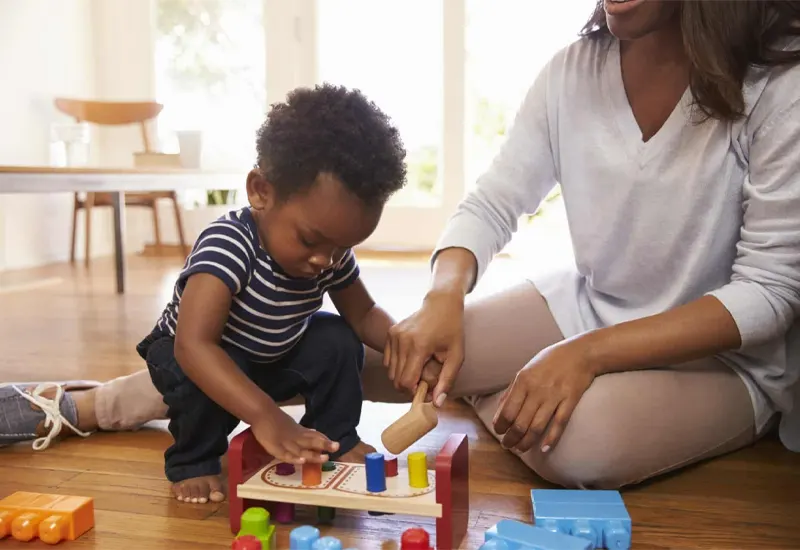
Key Characteristics:
- Child-initiated but adult-enhanced
- Play remains open-ended and joyful
- Adult participation is responsive, not directive
- Intentional support toward learning goals
Benefits: This is a sweet spot in play-based learning. Guided play combines the engagement of free play with the learning gains of adult guidance. It encourages exploration while helping children connect ideas, language, and concepts.
Example: A child plays with a Potato Head toy, naming body parts. The parent joins in and says, “Yes, that’s a nose! We use our nose to smell.” The child stays in control of the game, but the adult enriches the experience with meaningful input.
Games (with Rules)
Games involve structured activities with predefined rules, such as board games, memory matching, or traditional playground games. While playful, they operate within boundaries set by either adults or peers.

Key Characteristics:
- Can be adult- or child-initiated
- Governed by specific rules
- Goals are fixed and measurable
- Requires cooperation and turn-taking
Benefits: Games teach self-regulation, fairness, patience, and strategy. They help children understand structure while offering opportunities for social development and cognitive processing. Though more structured, they remain highly engaging.
Example: A parent sets up a board game like “Candy Land” and plays alongside the child. The child learns to take turns, follow directions, and count spaces—all within a context that feels like fun, not a lesson.
Direct Instruction
Direct instruction is adult-led, goal-driven teaching. It typically involves structured activities with a clear focus on academic outcomes. This is not considered play, but it’s included here to show the more rigid end of the spectrum.
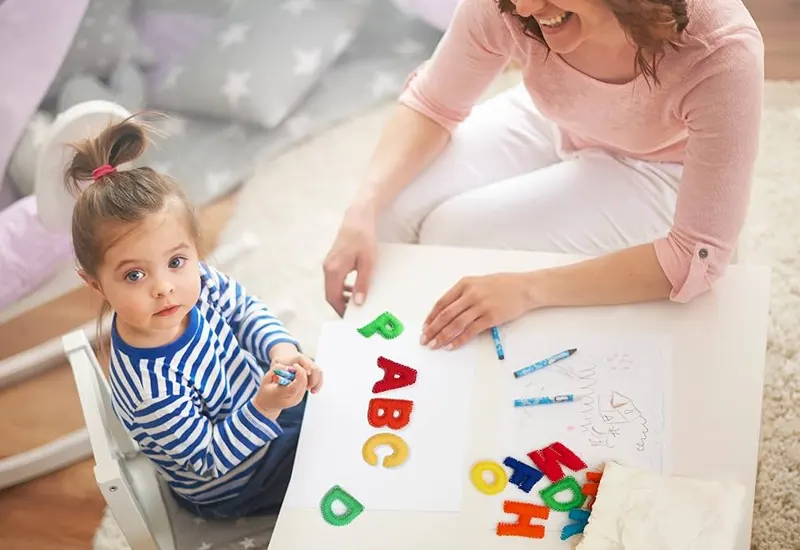
Key Characteristics:
- Fully adult-initiated and controlled
- Focused on content delivery and task completion
- No room for spontaneous play
- Often uses repetition or drills
Benefits: Though not part of play-based learning itself, limited use of direct instruction can support specific skill development, such as phonics or number recognition. However, overuse may limit creativity and intrinsic motivation.
Example: A parent uses flashcards to teach letter sounds, prompting the child to repeat each one. The goal is accurate recall, not exploration or creativity.
หากคุณมีคำถามหรือต้องการใบเสนอราคา โปรดส่งข้อความถึงเรา ผู้เชี่ยวชาญของเราจะตอบกลับคุณภายใน 48 ชั่วโมง และช่วยคุณเลือกผลิตภัณฑ์ที่เหมาะสมกับคุณ
Parten’s Six Stages of Play
Understanding how children’s play evolves socially is essential to supporting development in a play-based learning environment. In 1932, sociologist Mildred Parten identified six stages of play that describe how children engage with others as they grow. These stages are not rigid or linear; children may move back and forth between them depending on age, personality, and context, but they provide a helpful framework for observing and guiding social interaction through play.
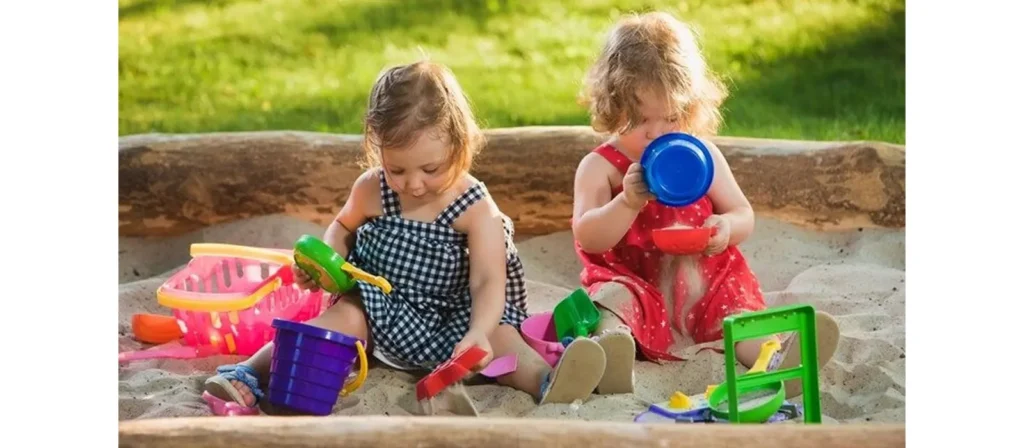
1. Unoccupied Play (Birth to 3 months)
คำนิยาม: The child is not playing in a traditional sense but is exploring movement, sensation, and observation without a clear purpose.
Characteristics:
- Random movements of arms and legs
- Visual tracking or observing the environment
- No engagement with objects or peers
Example: An infant kicks their legs, waves their hands, or follows objects with their eyes.
This stage lays the foundation for motor coordination and awareness. In early infancy, it’s a natural part of sensory and motor development.
2. Solitary Play (Birth to around 2 years)
คำนิยาม: The child plays alone and independently, without interest in or awareness of others nearby.
Characteristics:
- Focuses on their own activity
- May use toys or materials in a personal, exploratory way
- No attempt to join or observe others
Example: A toddler quietly stacks blocks or flips through a picture book alone.
Solitary play supports concentration, self-regulation, and individual creativity. It’s often seen during early toddler years.
3. Onlooker Play (2 to 2.5 years)
คำนิยาม: The child observes others playing but does not actively join in.
Characteristics:
- Watches and may comment on what others are doing
- Shows interest but remains physically uninvolved
- Learning occurs through observation
Example: A child stands near a sandbox, watching others dig and build without joining the activity.
This stage supports social learning and builds understanding of group dynamics, often seen just before a child begins to interact with peers.
4. Parallel Play (2.5 to 3.5 years)
คำนิยาม: Children play side by side, using similar toys or materials, but do not interact directly or share goals.
Characteristics:
- Limited verbal interaction
- Awareness of peers’ presence
- Individual play within shared space
Example: Two children build separate towers with blocks at the same table without talking to each other.
Parallel play is a key transitional stage. It supports social comfort, imitation, and awareness of others without pressure to interact directly.
5. Associative Play (3 to 4.5 years)
คำนิยาม: Children play in the same space and may engage with one another, but their activities are not coordinated toward a common goal.
Characteristics:
- Sharing toys or materials
- Casual interaction (talking, watching, copying)
- No organized structure or shared outcome
Example: Children use the same play kitchen set and talk while cooking, but each pretends to make different meals.
This is the beginning of cooperative behaviors and communication. It fosters turn-taking, language development, and negotiation skills.
6. Cooperative Play (4+ years)
คำนิยาม: Children play together in an organized, goal-oriented way, often assigning roles, following rules, or building something together.
Characteristics:
- Teamwork and collaboration
- Shared purpose and mutual goals
- Roles may be assigned, and rules may be created.
Example: Children act out a hospital scene, assigning roles like doctor, patient, and nurse, and working together to care for each other.
This advanced stage of play supports leadership, empathy, problem-solving, and emotional intelligence. It’s the ideal outcome in many play-based learning environments.
How to Implement Play-Based Learning?
Introducing play-based learning into a classroom or educational setting involves more than simply adding toys and allowing free play. It requires planning, thoughtful observation, and a deep understanding of child development. Below are key strategies for successfully implementing play-based learning in early childhood environments.
Designing a Play-Based Learning Environment
การ สภาพแวดล้อมการเรียนรู้ is the “third teacher” in play-based learning. Classrooms should be thoughtfully organized into well-defined learning areas such as a dramatic play corner, construction zone, sensory table, reading nook, and art station. Materials should be open-ended (like blocks, loose parts, or natural elements), accessible at child height, and rotated regularly to provoke curiosity.
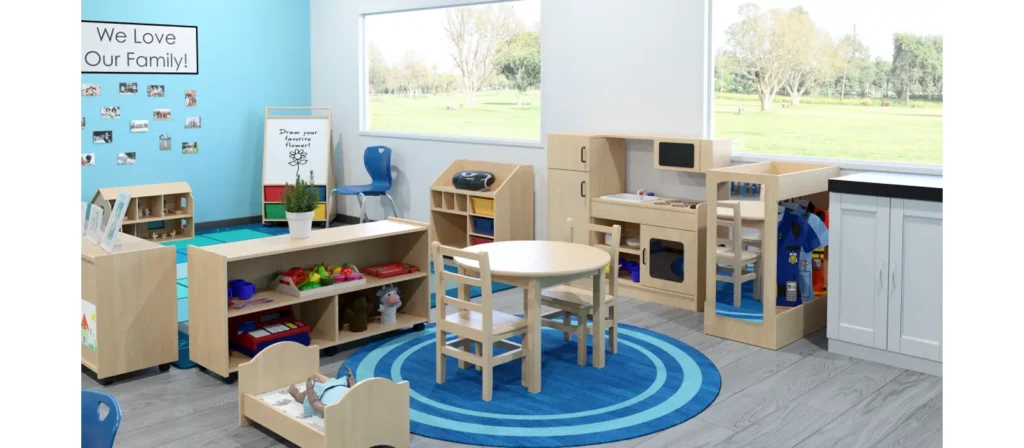
Tips:
- Ensure safety, accessibility, and cultural inclusivity
- Use natural lighting, soft furnishings, and calming colors
- Label and organize materials to support independence
- ใช้ furniture and layout to promote collaboration and independence
Observe and Follow the Child’s Interests
Observation is a cornerstone of play-based learning. Educators and caregivers should watch how children interact, what they’re curious about, and where their interests naturally lie. Use these insights to plan responsive learning experiences and introduce materials or questions that extend their thinking.
Example: If children show interest in bugs, introduce magnifying glasses, bug books, or a sensory bin with toy insects.
Balance Free Play with Guided Opportunities
While unstructured free play is essential, guided play offers a way to introduce learning goals in a playful context. Adults can scaffold thinking by asking open-ended questions, modeling language, or introducing new tools and concepts—all while letting the child take the lead.
- Asking open-ended questions (“What happens if…?”)
- Introducing new vocabulary naturally
- Offering new tools or materials to extend the play
- Helping connect real-world concepts to the play scenario
This doesn’t mean controlling the play—it means gently enriching it without removing the child’s sense of ownership.
Integrate Curriculum Through Play
Play-based learning doesn’t ignore academic outcomes; it reimagines how children reach them. Educators should align play opportunities with developmental and curricular goals, such as:
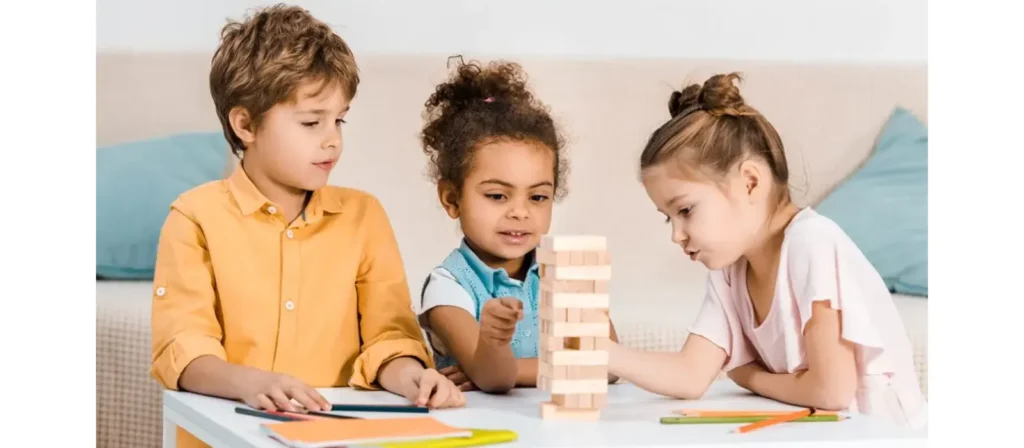
- Literacy: Creating signs for pretend stores or storytelling with puppets
- Math: Sorting, counting, measuring, and pattern-making with toys or natural materials
- ศาสตร์: Sensory play, weather experiments, or exploring insects in the garden
- Social-emotional: Role-play scenarios to explore empathy, conflict resolution, and cooperation
Build a Routine Around Play
Consistency creates security. Make play a dependable part of the day:
- In the classroom: Designate large blocks of uninterrupted play time during the daily schedule
- At home: Set up a consistent space and time where your child knows they’re free to explore
When children see that play is prioritized and valued, they approach it with deeper intention.
Be a Co-Player and Facilitator
Adults are not passive observers in play-based learning—they are active facilitators. This involves:
- Joining play without taking over
- Modeling respectful language and social skills
- Encouraging persistence through challenges
- Introducing concepts when appropriate
This relationship-based approach allows children to feel supported while still leading their discovery.
Foster a Play-Based Culture
Successful implementation requires more than classroom practices—it calls for a shared belief in the value of play. Play-based learning works best when everyone is on the same page. Schools should communicate the benefits of play to families and offer suggestions for playful learning at home. Parents should also be encouraged to share observations, interests, or stories about their child’s play.
Document and Reflect
Collecting photos, notes, and samples of children’s play provides valuable insight into their thinking and development. Documentation not only helps with assessment but also allows educators to reflect on how to improve the environment and their teaching strategies. Sharing documentation with families also fosters meaningful home–school connections.
Resources and Materials for Play-Based Learning
A well-designed environment filled with thoughtful materials is at the heart of successful play-based learning. The right resources not only capture children’s interest but also help them develop foundational academic, social, and emotional skills. By offering variety, choice, and open-ended opportunities, adults can foster curiosity, creativity, and confidence through every playful moment.
Open-Ended Materials
Open-ended materials are versatile tools that allow children to use their imagination freely. In play-based learning, these items are invaluable because they support multiple uses, narratives, and outcomes. Instead of directing the play, these materials invite children to explore possibilities, solve problems, and think independently. They encourage creative risk-taking and foster ownership of the learning process.
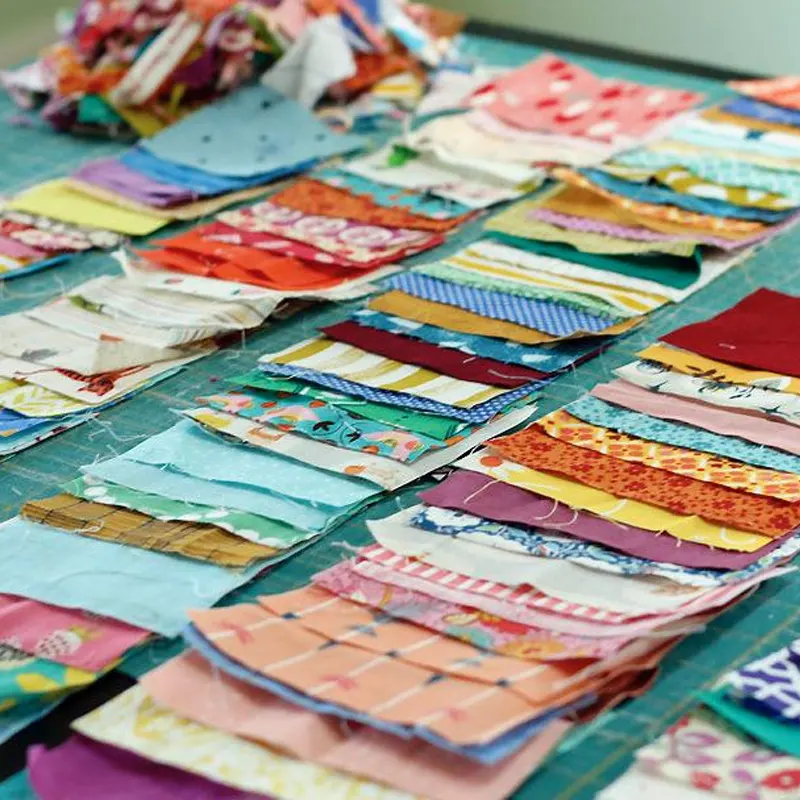
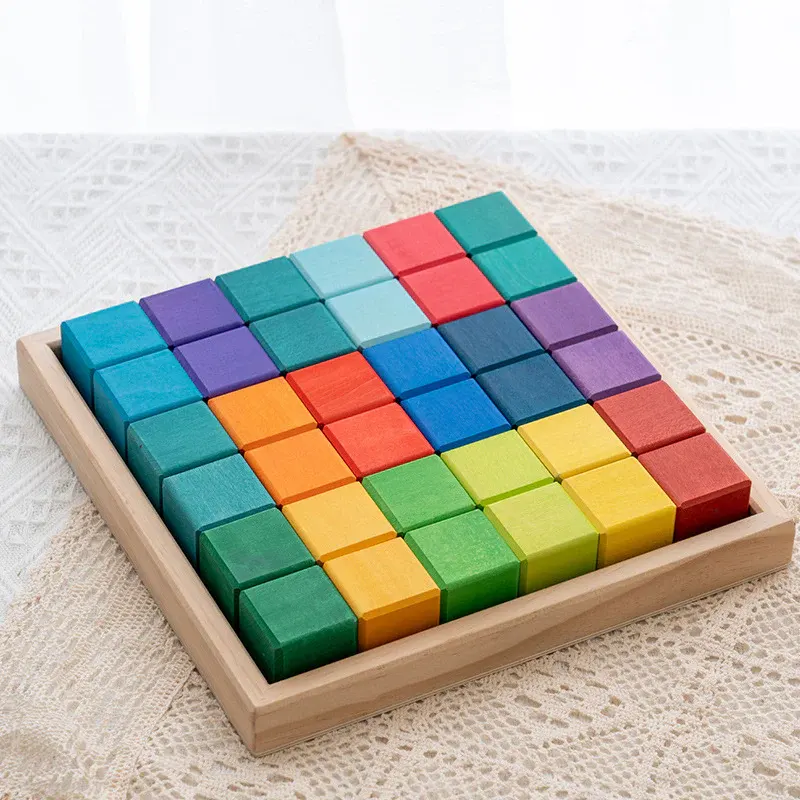
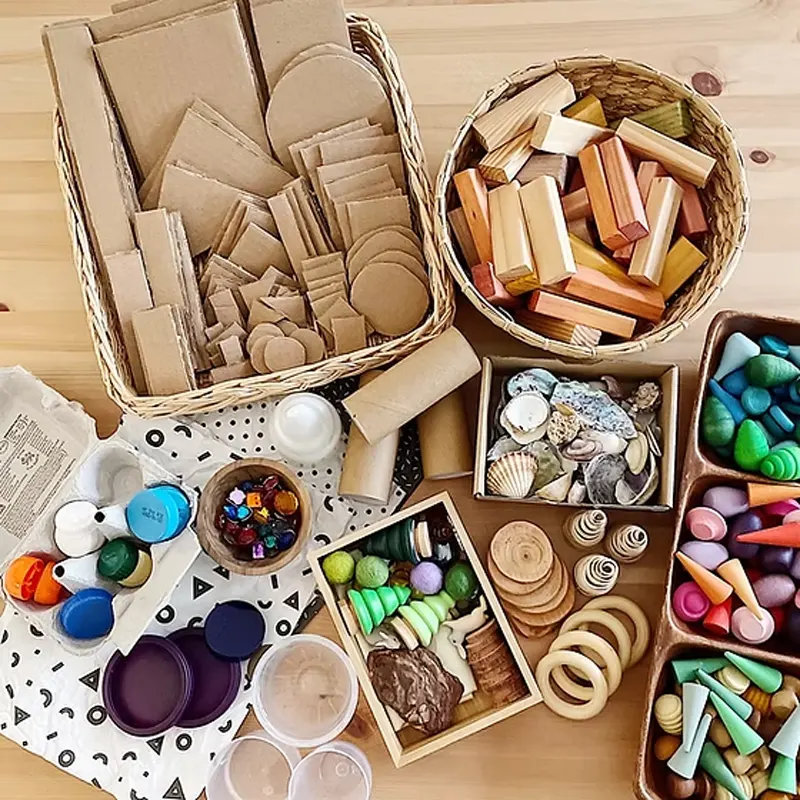
Examples include:
- Wooden blocks
- Fabric scraps
- Cardboard boxes
- Loose parts (shells, buttons, bottle caps)
- Clay or playdough
- Water and sand
หากคุณมีคำถามหรือต้องการใบเสนอราคา โปรดส่งข้อความถึงเรา ผู้เชี่ยวชาญของเราจะตอบกลับคุณภายใน 48 ชั่วโมง และช่วยคุณเลือกผลิตภัณฑ์ที่เหมาะสมกับคุณ
Dramatic Play Materials
Dramatic play helps children make sense of the world by acting out real-life roles and situations. It builds communication, empathy, and social understanding, making it a core component of play-based learning. When children dress up, set up pretend scenarios, or take on new characters, they’re also learning how to express themselves, solve conflicts, and collaborate with others in imaginative ways.

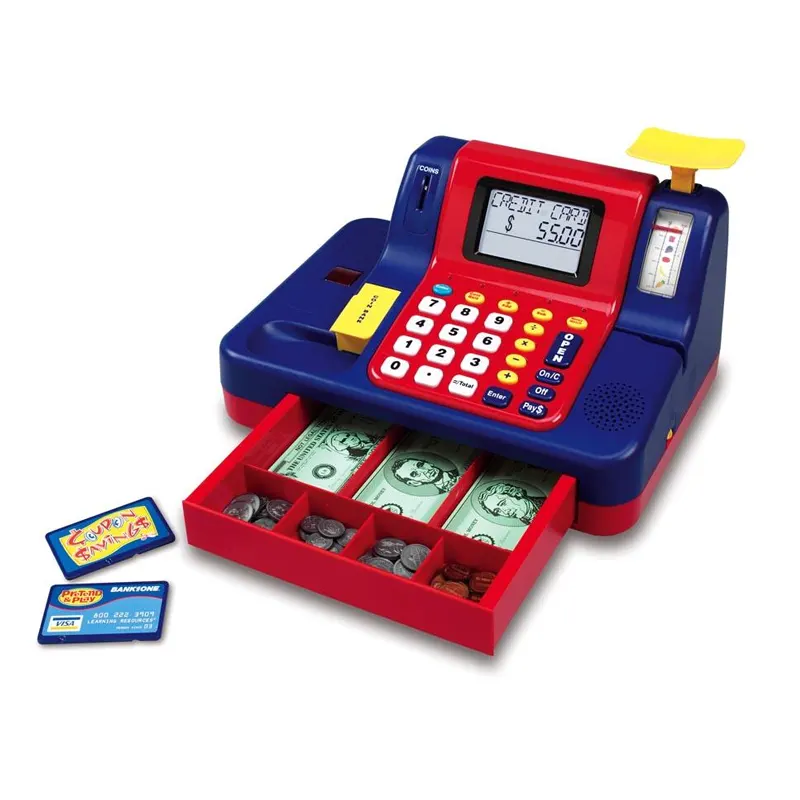
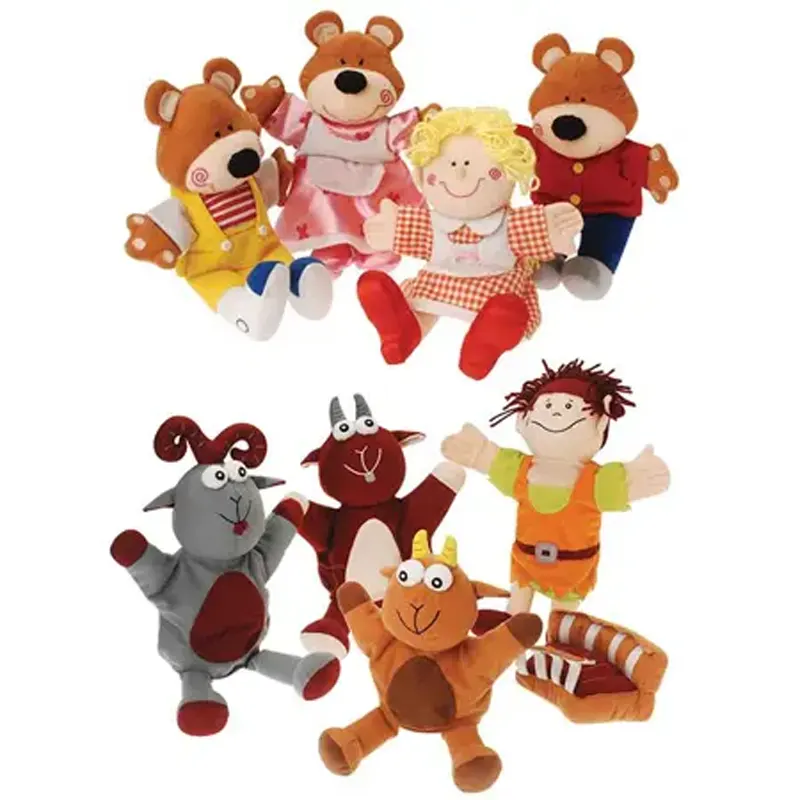
Examples include:
- Dress-up clothes (hats, capes, uniforms)
- Toy kitchen sets
- Play money and cash registers
- Puppets and dolls
- Toy phones, stethoscopes, tool kits
Literacy Materials
Language development is a fundamental part of play-based learning. Through engaging and imaginative play, children naturally develop vocabulary, storytelling abilities, comprehension, and phonemic awareness. By providing access to rich literacy materials, educators and parents can support reading and writing skills in a way that feels organic and joyful. The goal is to embed literacy into meaningful contexts, not isolate it through drills.
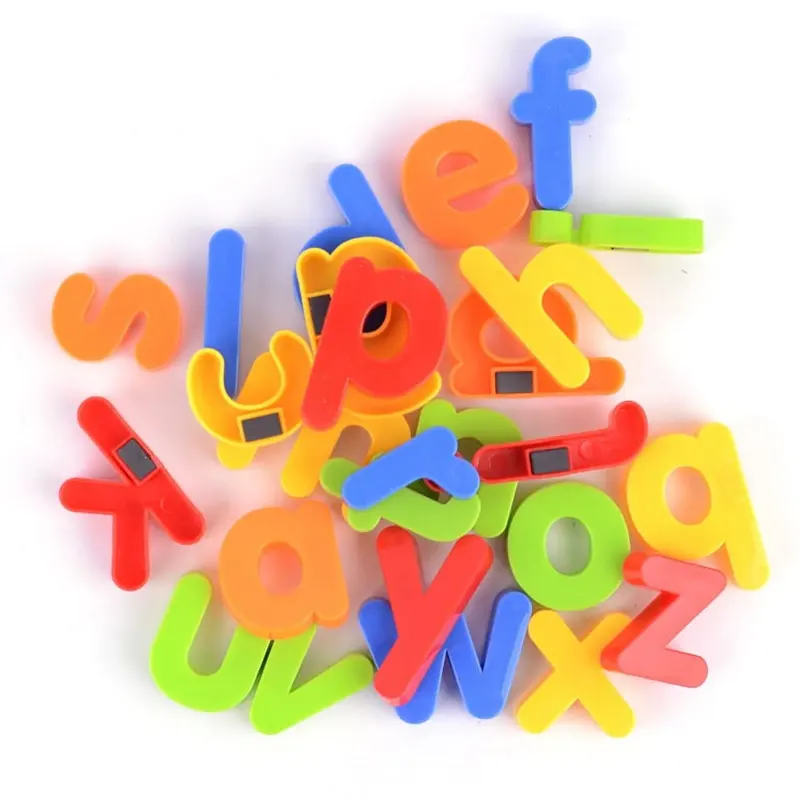
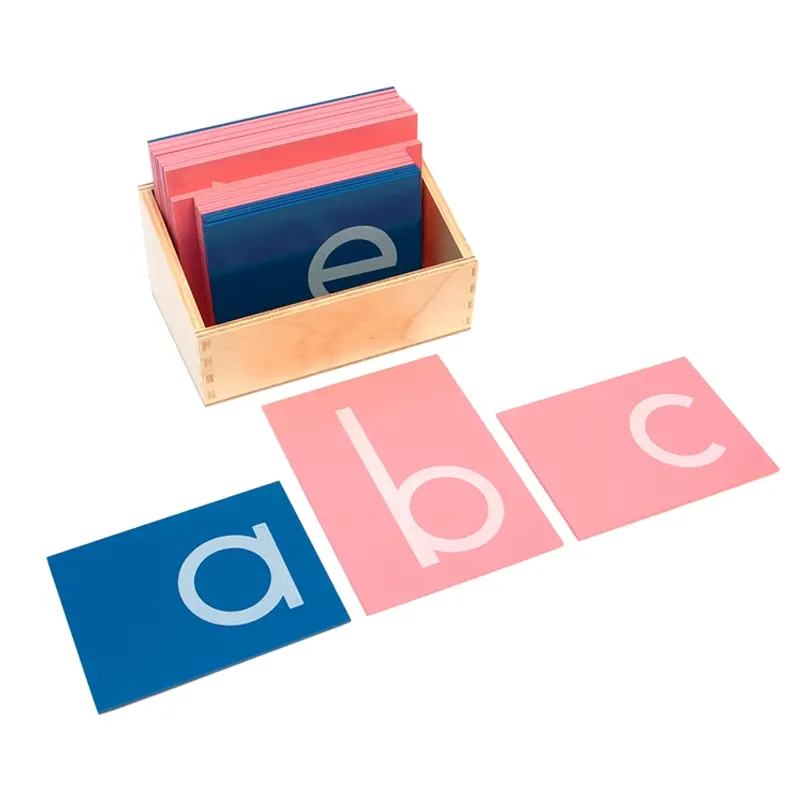
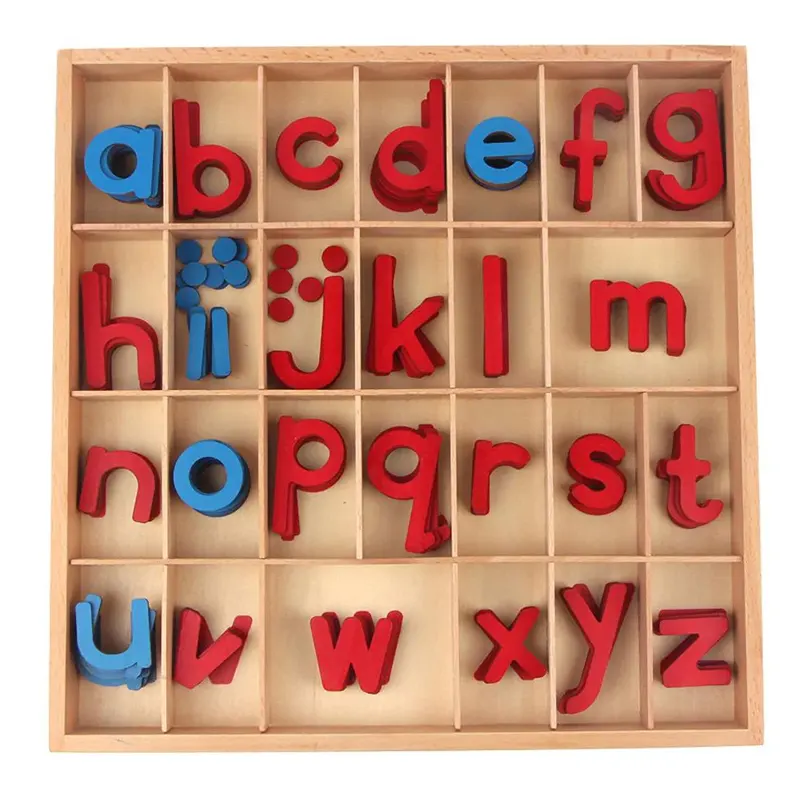
Examples include:
- Storybooks (fiction and non-fiction)
- Letter magnets
- Storytelling props
- Sandpaper Letters
- Chalkboards and whiteboards
Mathematics Materials
Mathematics in play-based learning is experienced through hands-on exploration rather than direct instruction. Children encounter numbers, patterns, shapes, and measurement as part of their play, often without even realizing they’re learning. Math concepts become concrete when children manipulate objects, solve everyday problems, and build understanding through repeated, playful experiences.
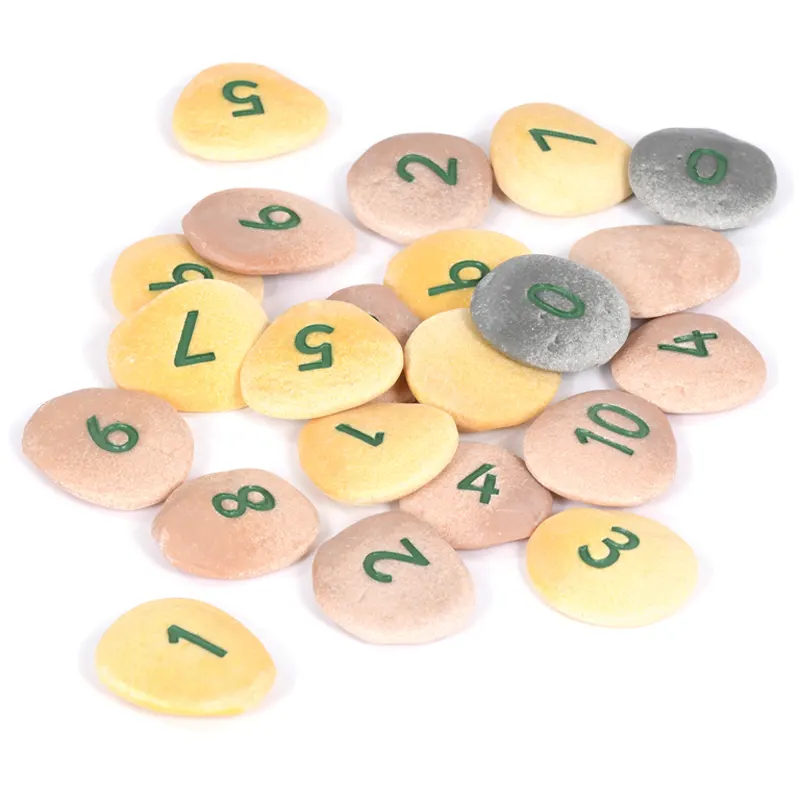
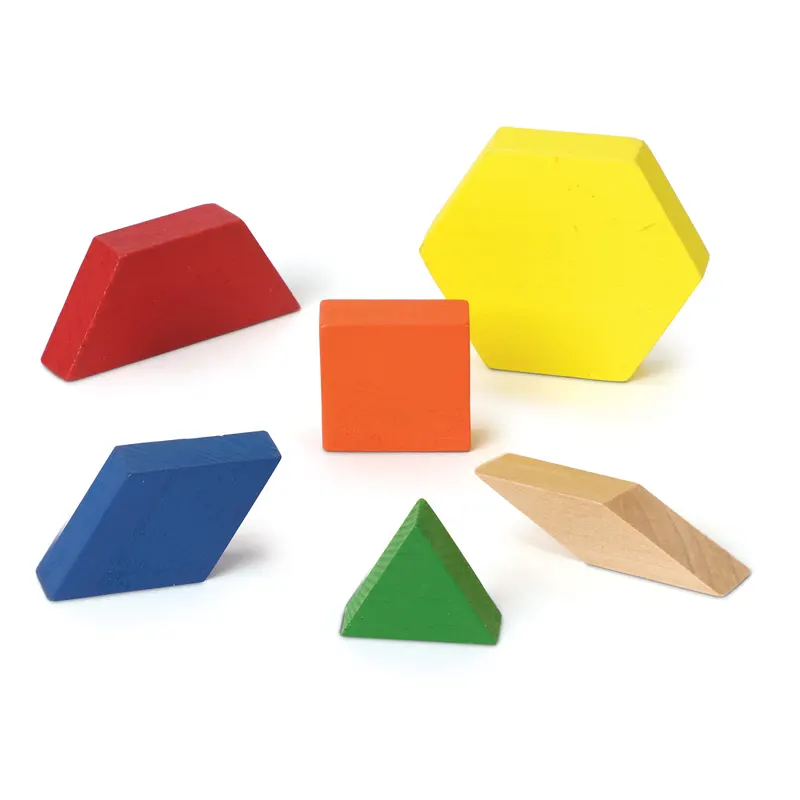
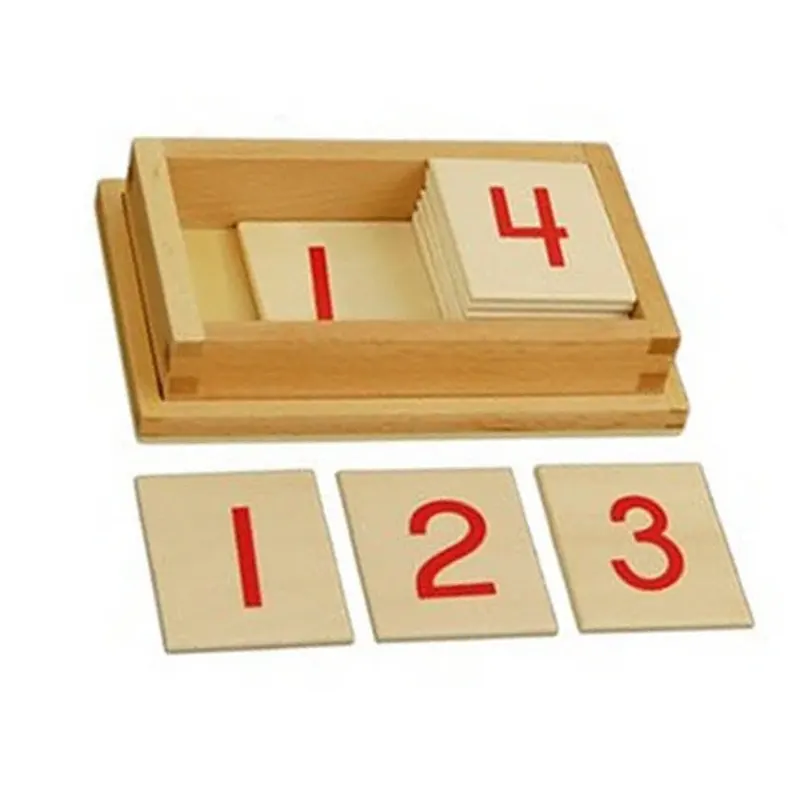
Examples include:
- Counting bears or number pebbles
- Measuring cups and scales
- Number cards
- Pattern blocks
- Number Rods
หากคุณมีคำถามหรือต้องการใบเสนอราคา โปรดส่งข้อความถึงเรา ผู้เชี่ยวชาญของเราจะตอบกลับคุณภายใน 48 ชั่วโมง และช่วยคุณเลือกผลิตภัณฑ์ที่เหมาะสมกับคุณ
Sensory Play Resources
Sensory play engages a child’s body and brain simultaneously, which supports both calming and stimulating developmental functions. These experiences are especially beneficial for exploring textures, sounds, patterns, and cause-and-effect relationships. In play-based learning environments, sensory play can also serve as a bridge into science, math, and language development in an enjoyable and accessible way.
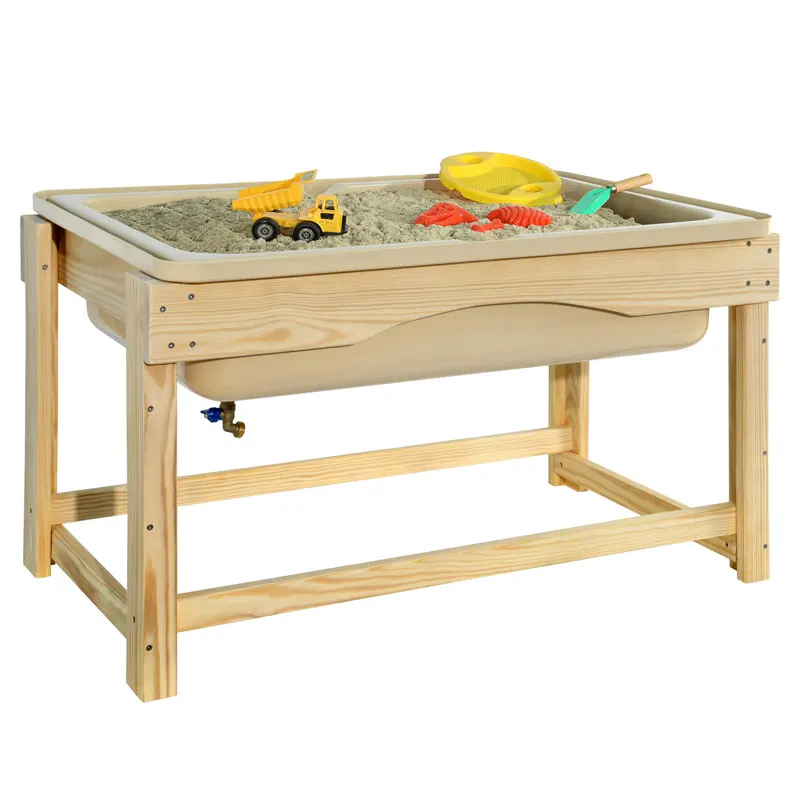


Examples include:
- Sand and water tables
- Sensory bins filled with rice, beans, pasta, or foam
- Scented playdough or slime
- Color Tablets
- Baric Tablets
- Sound-making objects (bells, shakers)
Art and Creativity Supplies
Art is more than just creative expression—it’s a gateway to fine motor development, problem-solving, and emotional processing. In play-based learning, children use art materials to communicate ideas, tell stories, and explore the world in visual ways. Offering a variety of media encourages experimentation and helps build confidence in their unique artistic voice.



Examples include:
- Crayons, markers, and paint
- Scissors, glue, and tape
- Construction paper and recycled materials
- Easels or drawing boards
Outdoor and Gross Motor Play Equipment
Active play outdoors not only supports physical development but also enhances focus, self-regulation, and risk assessment skills. Outdoor materials allow children to challenge their bodies, interact with natural elements, and engage in large-scale imaginative play. Play-based learning thrives in open environments where movement and nature play a central role.



Examples include:
- Tricycles, balls, and jump ropes
- Climbing structures
- Water hoses and mud kitchens
- Nature collection tools (magnifying glasses, baskets)
หากคุณมีคำถามหรือต้องการใบเสนอราคา โปรดส่งข้อความถึงเรา ผู้เชี่ยวชาญของเราจะตอบกลับคุณภายใน 48 ชั่วโมง และช่วยคุณเลือกผลิตภัณฑ์ที่เหมาะสมกับคุณ
Technology in Play-Based Learning (Used Mindfully)
When used intentionally and in moderation, technology can complement traditional forms of play. It should never replace hands-on experiences, but it can expand them, offering new ways to explore, create, and solve problems. In a play-based learning context, digital tools are most effective when they are interactive, age-appropriate, and aligned with real-world interests.
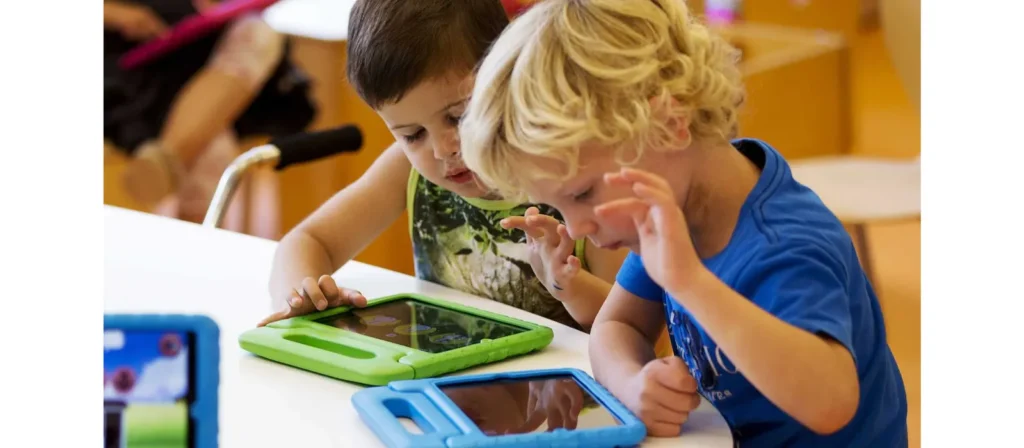
Examples include:
Trends in Play-Based Learning
In recent years, play-based learning has evolved from a classroom strategy to a globally recognized educational philosophy. While the foundational principles remain rooted in child-led exploration, today’s implementations are increasingly influenced by advances in neuroscience, social-emotional learning, sustainability, and even technology. Let’s explore some of the most notable trends shaping the future of play-based learning today.
Nature-Based and Outdoor Play
Nature-based play is experiencing a strong resurgence. Many schools are embracing forest classrooms, outdoor learning spaces, and natural materials like logs, sand, and water to promote exploration and physical engagement. These environments encourage risk-taking, independence, and sensory development in ways that indoor classrooms often cannot.
In addition to supporting physical and emotional health, outdoor play nurtures curiosity and environmental awareness. Children build forts from branches, observe insects, or dig in the mud—not just for fun, but to connect deeply with the world around them. This trend reflects a growing recognition that nature is an influential teacher.
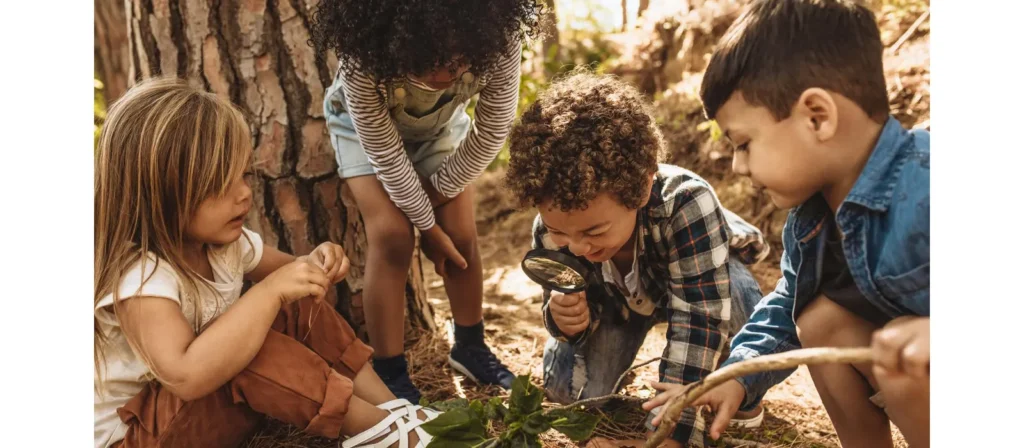
Guided Play and Emergent Curriculum
Guided play is becoming a bridge between child-led discovery and purposeful teaching. In this model, educators gently steer children’s attention or introduce new materials while still allowing play to remain child-driven. The adult role becomes one of facilitator, not director, creating space for inquiry without removing autonomy.
This strategy often aligns with emergent curriculum, where lesson plans are developed based on the children’s interests. Rather than pre-defining learning outcomes, teachers observe play closely and build learning experiences that evolve organically. This trend reflects a shift toward responsive, relationship-based education.
Technology and Playful Learning Tools
Digital tools are increasingly being used to support play-based learning in meaningful ways. Interactive storytelling, coding toys, and augmented reality experiences provide children with new ways to imagine, solve problems, and collaborate—all within a playful context.
Importantly, the best uses of technology in early learning are intentional and limited. Instead of replacing physical play, technology is used to enhance documentation, amplify creativity, or introduce abstract concepts in hands-on ways. This careful integration is a key trend for modern classrooms.
Social-Emotional Learning Through Play
Play is a natural context for children to develop emotional understanding and social skills. Many educators are now using games, การเล่นบทบาท, and storytelling to teach empathy, self-regulation, and communication in ways that feel authentic to children.
What’s changing is the level of intentionality behind it. Teachers are trained to identify moments in play where conflict, cooperation, or emotion-sharing happens, and use these as teachable opportunities. The result is a classroom culture that supports emotional resilience and peer relationships.
Equity, Inclusion, and Global Policy Shifts
As the benefits of play-based learning become more widely accepted, there’s a strong push toward making it more equitable and inclusive. This includes designing spaces that are accessible to all children, representing diverse cultures in materials, and adapting practices for neurodiverse learners.
On a broader scale, several countries are embedding play-based learning into national education policy. In places like Finland and New Zealand, play is not just recommended—it is mandated as a foundation for early childhood education. These shifts show a global movement toward child-centered, research-backed learning.
Misunderstandings and Challenges of Play-based Learning
Despite its strong research foundation and growing global adoption, play-based learning still faces skepticism and obstacles, particularly in settings where academic pressure and standardized testing dominate. Misunderstandings about what play-based learning truly involves can lead to misapplication, underutilization, or outright dismissal. Addressing these challenges is crucial to ensuring children receive the full developmental benefits this approach offers.
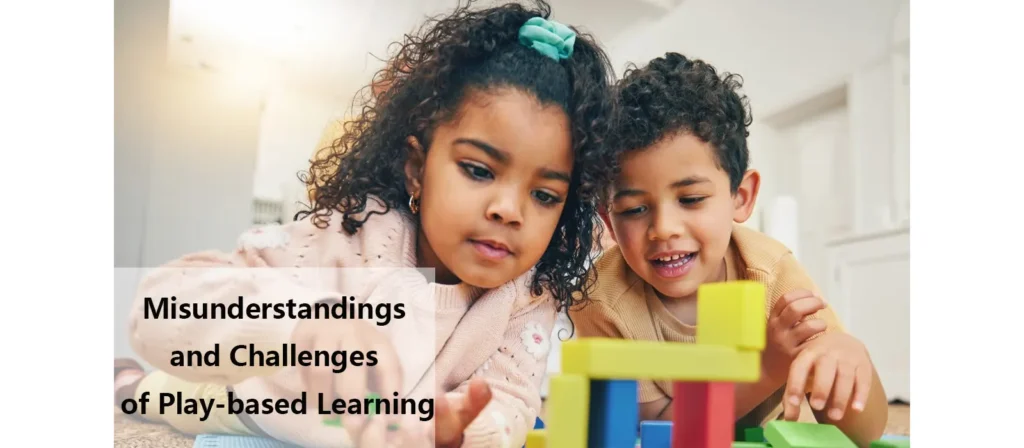
Misunderstanding: “Play is Just Fun, Not Learning”
One of the most widespread myths is that play lacks educational value. Critics often see it as unstructured “free time” rather than a powerful, intentional method of learning. In reality, play-based learning is purposeful, deeply engaging, and aligned with developmental goals. It builds foundational skills in literacy, math, social interaction, and problem-solving in ways that traditional methods often cannot.
Misunderstanding: “Children Will Fall Behind Academically”
Some educators and parents fear that if children spend too much time playing, they won’t meet academic benchmarks. However, research consistently shows that children who engage in play-based learning during their early years often outperform their peers in later academic settings. They develop stronger language, executive functioning, and emotional resilience—all critical for academic success.
Misunderstanding: “Play-Based Classrooms Lack Discipline”
Another common misconception is that play-based learning leads to chaos or a lack of structure. On the contrary, high-quality play environments are thoughtfully designed and carefully managed. Educators set clear expectations, establish routines, and guide behavior through responsive, respectful interaction. The freedom children experience is within a framework that supports self-regulation and responsibility.
Challenge: Pressure for Standardized Testing and Academic Rigor
In many educational systems, policies favor testable outcomes and direct instruction. This makes it difficult for educators to justify or prioritize play-based learning, even when they understand its value. Teachers may feel compelled to prepare children for assessments rather than focusing on holistic development. The challenge lies in shifting the narrative to show that play-based learning does prepare children, just in more developmentally appropriate ways.
Challenge: Lack of Training and Support for Educators
Implementing effective play-based learning requires skill, reflection, and adaptability. Unfortunately, many teacher preparation programs still emphasize traditional instruction over child-led exploration. Without adequate training and ongoing support, educators may struggle to observe, guide, and extend play in ways that promote learning. Professional development and peer collaboration are essential to bridge this gap.
Educators need training and support to document learning through observation, reflection, and portfolios. They also benefit from tools that help them connect play activities to learning objectives in ways that are visible and communicable to administrators and families.
Challenge: Inconsistent Implementation Across Settings
Play-based learning can look very different from one classroom or home to another. Some may over-structure the play, turning it into disguised instruction, while others may provide materials but lack intentional guidance. Ensuring fidelity to the philosophy—balancing freedom with facilitation—is a challenge that requires clear frameworks and reflective practice.
To address this, schools and educators can adopt shared guidelines and practical models that define what authentic play-based learning looks like. Providing regular professional development, peer observations, and coaching helps ensure consistency in how play is supported. Reflective planning tools, documentation methods, and classroom walkthroughs can also help educators stay aligned with the philosophy while adapting to their context.
Challenge: Parental Expectations and Miscommunication
Some parents equate “learning” with visible academic tasks like worksheets and memorization. If they see a classroom full of dramatic play or art stations, they may worry that their child isn’t being properly educated. It’s critical for educators to engage families, explain the research behind play-based learning, and provide examples of the deep learning happening during play.
Building parent trust starts with proactive communication. Teachers can share photos, observations, and explanations of the learning embedded in play activities, using language that connects with parents’ goals. Hosting classroom visits, offering play-based learning workshops, or including learning stories in newsletters are all effective ways to help families understand that play is not a break from learning—it is learning.
Challenge: Environmental and Resource Constraints
Not all schools or programs have access to the space, materials, or staffing needed to create a rich play-based environment. Crowded classrooms, rigid schedules, or a lack of outdoor areas can limit opportunities for meaningful play.
In such cases, creativity becomes essential. Even small changes—like offering open-ended materials, rotating activity centers, or integrating movement into indoor routines—can make a significant difference. It’s not always about having more; it’s about using what’s available with intentionality.
Frequently Asked Questions about Play-Based Learning
- What is the difference between play-based learning and traditional learning?
Play-based learning focuses on child-led exploration and discovery, while traditional learning often relies on direct instruction and rote memorization. In play-based environments, children develop skills naturally through hands-on experiences, which fosters deeper understanding and long-term engagement. - Can play-based learning meet academic standards?
Yes. Play-based learning can be aligned with curriculum goals and early learning standards. Through carefully designed environments and intentional adult guidance, children build literacy, numeracy, and critical thinking skills—all within joyful, meaningful contexts. - At what age is play-based learning appropriate?
Play-based learning is especially effective in early childhood (ages 0–8), but its principles can be adapted for older children. The core idea—learning through active, purposeful play—is beneficial at any developmental stage, especially when fostering creativity and collaboration. - How do teachers guide play without controlling it?
Educators in play-based learning settings act as facilitators. They observe children’s interests, introduce new materials, ask open-ended questions, and provide gentle scaffolding to extend the learning. The goal is to support—not dominate—the child’s natural curiosity. - What if my child just wants to play and not “learn”?
Play is learning. Children develop essential skills such as communication, self-regulation, problem-solving, and literacy through play. Even when it doesn’t look academic, meaningful learning is happening, predominantly when guided by knowledgeable adults. - How can I support play-based learning at home?
Offer open-ended materials like blocks, art supplies, and everyday items. Give your child time and space to explore freely. Join their play when invited, and use moments to introduce vocabulary or gently guide deeper thinking. Most importantly, respect play as a valuable learning tool.
บทสรุป
Play-based learning is far more than a teaching method—it is a philosophy that honors how children naturally grow, explore, and make sense of the world. Through hands-on experiences, imaginative scenarios, and meaningful social interactions, children develop the cognitive, emotional, and physical skills that form the foundation for lifelong learning. As research continues to confirm its effectiveness, play-based learning is being embraced by educators, parents, and policymakers alike as a powerful, developmentally appropriate approach to early education.
However, implementing this model with fidelity requires more than open-ended toys and unstructured time. It demands thoughtful planning, professional reflection, and strong communication with families. When play is supported with clear intention—balancing freedom and guidance—it becomes a deeply engaging, academically rich experience that prepares children not just for school, but for life.
As we continue to understand and advocate for this approach, the path forward is clear: play is not separate from learning—it is the most essential part of it. And when we give children the time, space, and trust to play, we give them the best possible foundation for a thriving future.

